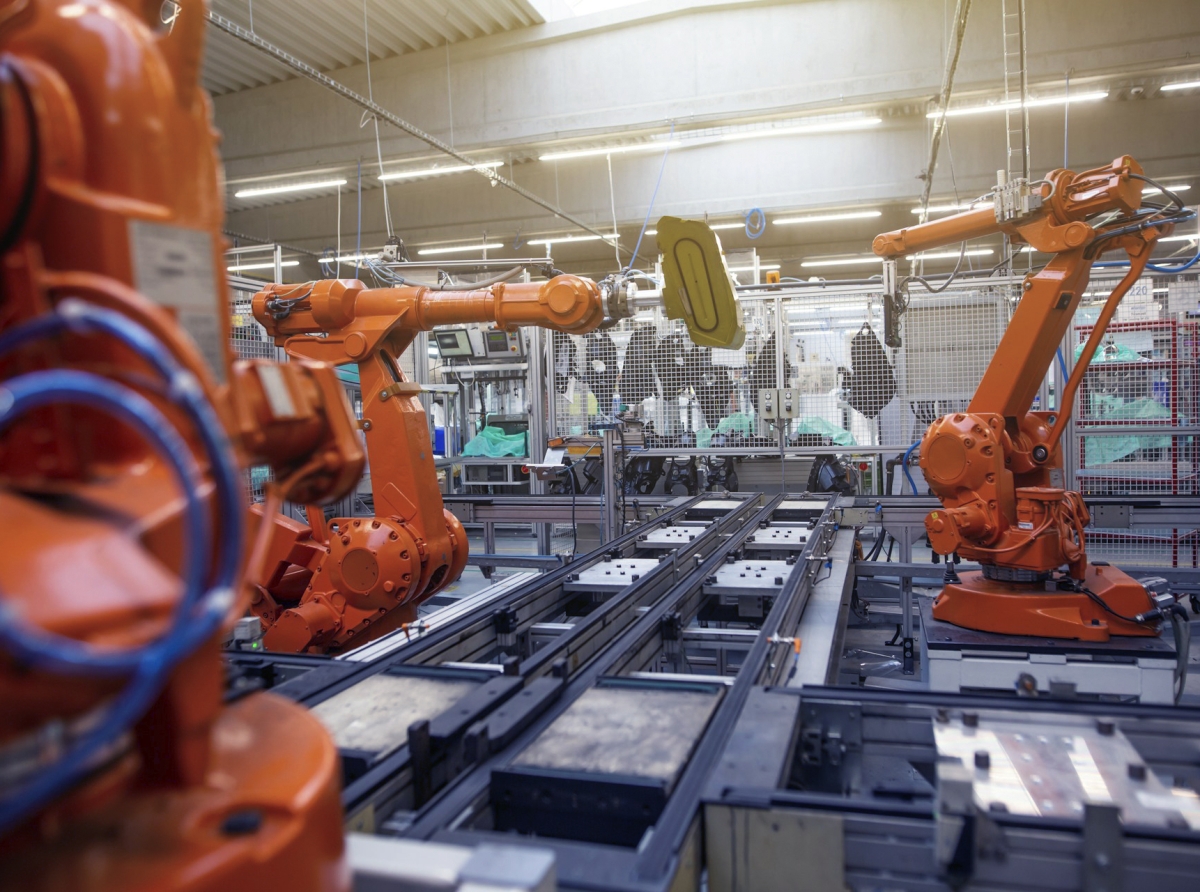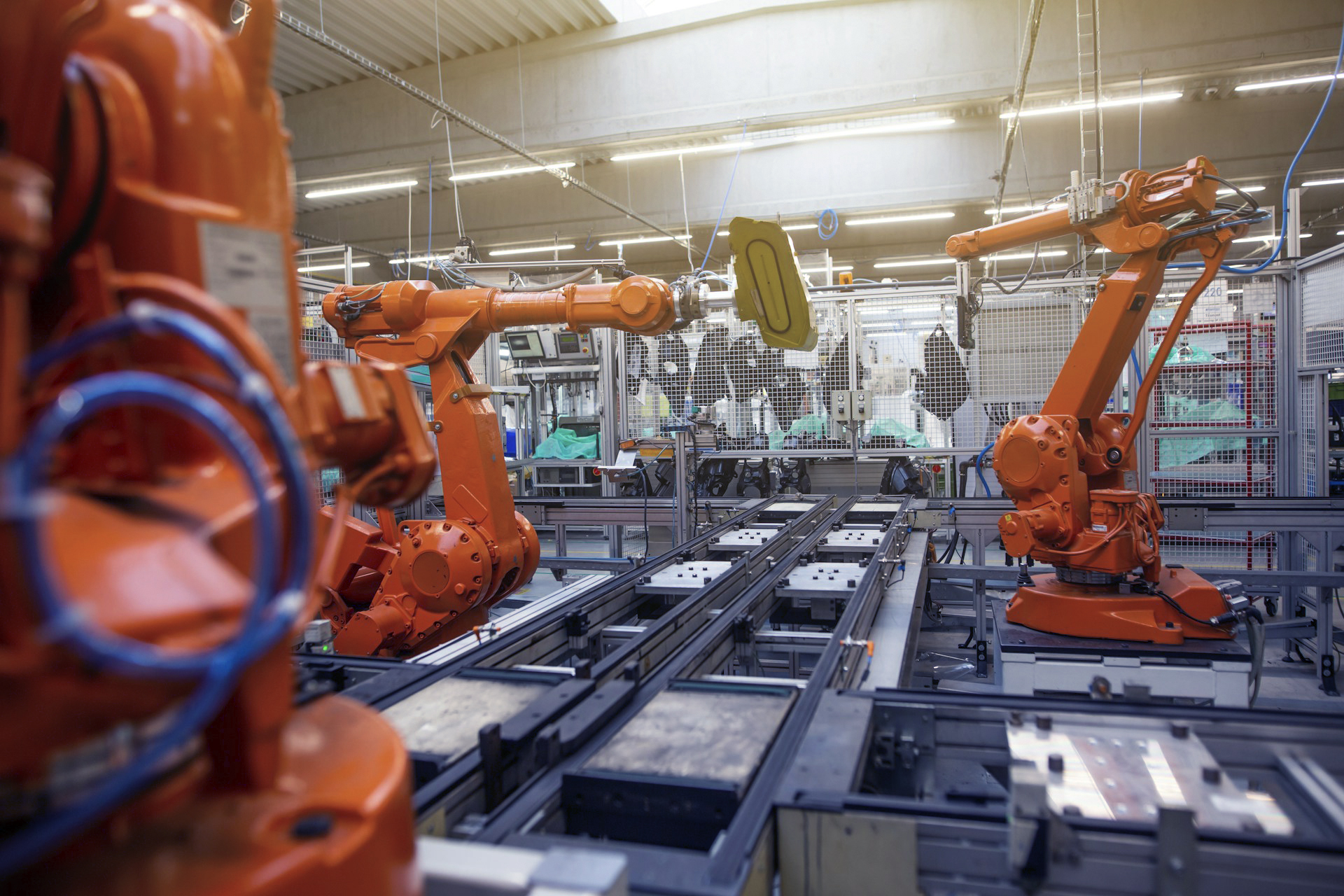How robots are helping China maintain its leadership in low-cost manufacturing

How robots are helping China maintain its leadership in low-cost manufacturing
Robotization in China has ceased to be just a technological trend and has become an instrument of global economic strategy. By installing hundreds of thousands of industrial robots every year, Chinese enterprises are able to produce more goods at lower costs, maintaining their title of “world factory”.
This explains why the country, despite rising wages and demographic challenges, continues to strengthen its position in the export of the most labor-intensive goods - from toys to metal structures.
This explains why the country, despite rising wages and demographic challenges, continues to strengthen its position in the export of the most labor-intensive goods - from toys to metal structures.
Robots as the foundation of a new industrial leap
Chinese factories install about 280,000 industrial robots annually , which is half of the global total. The scale is astounding: if ten years ago Germany and South Korea were considered the world leaders in robot density, today China has not only overtaken Germany, but is also catching up with South Korea.The peculiarity of the Chinese model is that a significant part of these robots are produced by local companies. Chengdu CRP Robot Technology and dozens of similar players have managed to offer the market solutions that are 30-40% cheaper than Japanese and European analogues. As a result, enterprises can robotize entire lines without dramatic financial investments.
It is precisely because of this that China has managed to avoid the classic trajectory of industrial development: in most countries, rising wages lead to a “leakage” of low-skilled production to cheaper regions. In the Celestial Empire, everything is the opposite: robots have allowed even such traditionally labor-intensive industries as the production of brooms, toys, and mops to remain in place.

How robots are helping China maintain its leadership in low-cost manufacturing
Low Cost Economy in the High Tech Era
Between 2019 and 2023, China’s share of global industrial exports rose by almost 10 percentage points to 52.3% , and in toy exports, from 54.3% to 56.9%. This is despite the fact that the average Chinese worker’s salary is almost four times higher than that of his Indian counterpart.Economists see this as a direct effect of robotization. Machines reduce business dependence on human labor, which means that wage growth does not become a critical factor for production costs. Moreover, automation allows us to offer the market stable quality, which is especially important in the mass export segments.
A typical example is a plant in Sichuan province, where robots weld parts for three-wheel electric trucks and tuk-tuks supplied to Asia, Africa and the USA. Each robot deployment cuts personnel costs in half and increases productivity many times over.
Initially, Shuangsheng New Energy Vehicle purchased Japanese equipment, but soon switched completely to Chinese analogues: they are cheaper, easier to maintain and pay for themselves faster. Today, robots at the plant not only weld metal, but also produce furniture, exercise machines, and bicycles. And they are much cheaper than welders, who would require a salary of 15 thousand yuan per month.
Social aspect: from workers to engineers
The state is closely monitoring this process. The Chinese authorities understand that mass robotization is changing the social fabric of society: millions of jobs are gradually disappearing. According to statistics, from 2011 to 2023, employment in twelve labor-intensive industries decreased by more than 26% .However, another direction is opening up at the same time – servicing and programming robots. The authorities are betting on retraining: yesterday’s workers should become specialists in managing automated lines. This is reminiscent of the industrial revolution of the 19th century, when spinners and blacksmiths grew into mechanics and machinists.
Not everyone has time to adapt. But the Chinese model is distinguished by the speed of restructuring: educational programs are updated, and companies actively invest in staff training.
"We won't need a single person in the entire chain."
The future in this context looks paradoxical. Vice President of Topstar Jiang Xiangqian directly states: sooner or later, production will become fully automated. From the receipt of raw materials to the packaging of finished goods, everything will be done by machines.This prospect seems futuristic, but some companies are already approaching such a reality. Shaoxing Longkai Textile, for example, replaces manual labor with printing and embroidery machines. In India, embroiderers still work by hand, while in China the process is already fully mechanized. The result is obvious: production volume doubles, profitability increases, and prices remain below world levels.
Geopolitics of cheap production
Automation has become not just an internal technological breakthrough for China, but also an instrument of geopolitical influence. By keeping prices low for mass goods, the country continues to strengthen its economic dependence on other regions. Africa, Latin America, even the United States remain the largest markets for cheap Chinese goods.At the same time, competitors – from India to Vietnam – face obvious difficulties. They can offer cheap labor, but without mass robotization they remain vulnerable: rising wages or currency fluctuations immediately affect production costs. China, on the other hand, can adapt much faster.
What happens next?
In the next 1-2 years, we will see an increase in Chinese exports due to robotization. Companies will continue to purchase domestic robots en masse, as price and speed of implementation become decisive factors. This will allow maintaining production even in the "lowest" segments of the economy.There's more to come. Today, artificial intelligence systems are already being integrated, allowing robots not just to perform operations, but also to independently adjust production processes. This is the next stage, which will make Chinese factories even more flexible and cost-effective.
The key question remains social: will it be possible to transfer millions of former workers to the service and programming sectors? China hopes so. But even if part of the population falls out of the industrial chain, something else is more important for the state - to maintain global leadership in production.
And it seems that the formula for the future in China sounds exactly like this: “Not your robot, not your market.”
By Claire Whitmore
September 03, 2025
Join us. Our Telegram: @forexturnkey
All to the point, no ads. A channel that doesn't tire you out, but pumps you up.
By Claire Whitmore
September 03, 2025
Join us. Our Telegram: @forexturnkey
All to the point, no ads. A channel that doesn't tire you out, but pumps you up.









Report
My comments